Some Departments and groups with respect to the field of Computational Materials Science are reviewed. These are purely based on my limited personal experiences and are not at all representative. I’d suggest treating these as just pointers which may be used for further exploration. All of these places are excellent and it is impossible to rank these in some given order. In the tough situation of making a choice, it would come down to the feelings at that time based on personal discussions with the concerned people. If possible, please do visit the place in person to get a feel for it before deciding as it may happen that the people and work is great but the climate and food are not suited to one’s nature.
Materials Science and Engineering Department in the College of Engineering at Carnegie Mellon University (CMU)
At first I was only aware of CMU’s excellence in computational fields but after discussing with some close friends in Arts at CMU, I was surprised to know that they have one of the best Theatre programs as well. Many pivotal innovations have had their birth at CMU such as Lorentz transmission electron microscopy. I decided to look into their natural sciences departments and it was a pleasant surprise to find many matches to what I was looking for. CMU’s stellar computational materials science faculty is well suited to my background in computational materials science. Computational facilities are abundant along with a very strong computer science department. Technology development driven by fostering of interdisciplinary collaborations, for which Centre for Nonlinear Analysis (CNA), Wilton E. Scott Institute for Energy Innovation, NextManufacturing Center and Center for the Environmental Implications of Nanotechnology (CEINT) are ideal. Just within the MSE Department, the variety of cross disciplinary research that’s happening is inspiring. Faculty working in conjunction with people from Mechanical, Chemical, Computer Science and Applied Math backgrounds to name a few shows the collaborative environment. The strong peer group is attractive as the PhD program admits around 20 students every year. With a focused group of people, students will influence each other a lot. It fosters growth in all spheres of life with dedicated resources such as the Eberly Center for TAs to hone their teaching skills. The graduate course structure is focused equally between the classes of metals, ceramics, semiconductors and composite materials which gives a strong basis for future work. For specialized study, CMU provides individually tailored programs of coursework including Seminars and special topics courses. Establishing a Graduate Ombudsperson for consulting shows how much CMU cares for the mental and social well being of its graduate students. They maintain well documented data about graduates from this program containing information about future positions. CMU has a strong academic lineage with great public outreach. There’s many world leaders in every field at CMU. Some of the specific interests aligned with my background are mentioned below:
-
Prof. Noa Marom’s work on Density functional theory and many body perturbation theory based simulation of materials and discovery of novel materials for quantum computing. I had in mind some recent developments in deep learning, coarse graining inspired computational methods and many body Green’s function based computational schemes that I intend to employ to accelerate this work.
-
Prof. David Kinderlehrer’s study of design of microstructures based on partial differential equations and minimal surfaces is deeply interesting to me due to my graduate level mathematical coursework. I had also studied minimal surfaces purely for learning geometrical analysis.
-
Professor David Laughlin’s topological tools to study materials and quaternion algebras for quantum critical points in phase transformations enthused me as I had taken Lie groups and Lie algebras, phase transformations, statistical mechanics and Computational many body physics courses.
I also found Professor Elizabeth A. Holm, Prof. Amit Acharya and Prof. Kaushik Dayal very suitable for computational modeling and simulation. CMU’s uniquely eclectic spectrum of faculty is like no other.
Materials Science and Engineering Department in the School of Engineering at Rensselaer Polytechnic Institute (RPI)
RPI being well known as one of the top engineering schools reflects the characteristics of IITs in many ways (hardcore technical focus, ratio, dressing sense). MSE at RPI is strong with heavy emphasis on industry and application oriented research. It’s location being in a silent part of New York is also great for travel to and fro and for pursuing deep ideas during the PhD. Being a small school, the focus on students is greater. The personality of faculty and their commitment to the development of students is really impressive.
-
Prof. Ravishankar Sundararaman: Ab-initio (density functional theory based) methods for predicting material properties (electronic, optical properties, non-equilibrium carrier dynamics, plasmonics) in a wide range of applications such as catalysis and photosynthesis. Moreover, developing in house open source software such as JDFTx which is a signifcant learning opportunity in these terms of managing computational power. As a person, his understanding and honest working nature is exactly what I look for in an advisor.
-
Prof. Daniel Gall’s work on novel materials and study of their electronic and optical properties at the nanoscale. Use of vacuum deposition methods to create new materials and use a large range of experimental tools to study their properties. Also use of DFT calculations to predict their electronic and structural properties and correlate them with experiments. Applications to future integrated circuits including cognitive computing, novel transition metal nitrides for plasmonics and electrochemistry/catalysis. This group is experiment heavy, I am not sure if I wouId find peers to discuss and learn theoretical ideas and problems with and I consider peer learning to be a great impact factor. On the other hand, being a theory person in an experimental group is an enriching experience.
-
Prof. Vincent Meunier: Computational work on functional optimization of low dimensional materials.
-
Prof. Pawel Keblinski: Computational study of mechanical response in high application materials. His collaborators abroad are also helpful and welcoming for research visits.
Materials Science and Engineering in School of Engineering at Stanford University
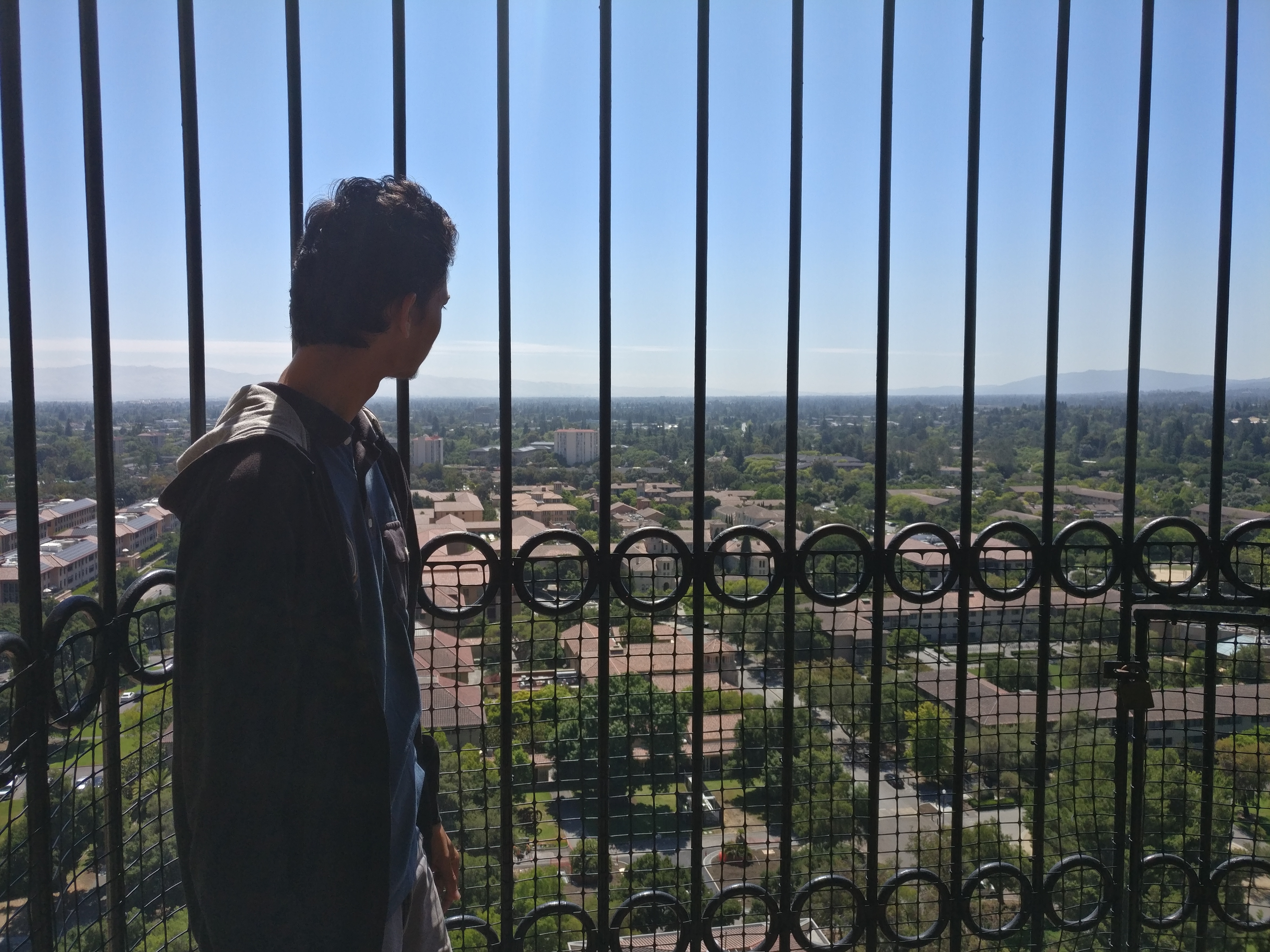
Stanford’s stellar computational materials science and photonic materials faculty is suits my background naturally. The department conducts truly vibrant research and has a great environment. During my time there, interacting with graduate students made me believe that they were strongly driven by care for the society. Technology development driven by society’s diverse needs fostering of interdisciplinary collaborations, for which GLAM, SIMES and ICME are great. The overall research and place looks like a perfect fit for me.
-
Prof. Jornada’s study of excited-state phenomena in materials and, in particular, combination of theory development with high-performance computer calculations to access complex excitation phenomena in real materials from first principles is a great match. I am especially interested in the study of exciton dynamics by ab inito computational methods and defect’s optical properties for quantum information. Some work on computational complexity and optimizing algorithms such as Using GWPT+ Wannier Interpolation, Static Subspace Approximation which was implemented as \(O(N^3)\) is crucial. Using hybrid stochastic approaches that could dramatically reduce the prefactor associated with the O(N^4) step while adding minimal stochastic noise. With data analytics booming, the interest in deep learning, optimization based methods of computing is rising. Some unique tools from spectral geometry that I have learnt for inverse design which may be applied in these kinds of problems along with learning the increasingly growing tools from statistics. Optimization-based methods to study a subset of problems that fall between traditional DFT and time-dependent DFT and Green’s-function formalism, to model a particular kernel of the many-body interaction which I believe would be suitable for deep-learning techniques. Even in AET (atomic electron tomography) iterative reconstruction could be accelerated using these. For more background read seminal papers by Hybertsen and Louie Phys. Rev. B 34, 5390–5413 (1986), other great references from the theory side are Hedin’s and Lundqvist’s review paper Solid State Physics 23, 1–181 (1970), and Strinati’s La Riv. del Nuovo Cim. 11, 1–86 (1988).
-
Prof. Devereaux’s DFT, ED and DMRG based simulations for spectroscopy. This matched the background I acquired in the Computational Many Body Physics course. Their group collaborates and makes heavy use of the experimental resources at Stanford.
-
Prof. Brongersma’s work on plasmonics and metasurfaces is highly aligned with my interests. The experimental group of Prof. Jennifer Dionne is perfect to complement the theoretical studies.
-
Prof. Shanhui Fan’s group in EE working on nanophotonics is also a great support for theoretical stuides and simulation.
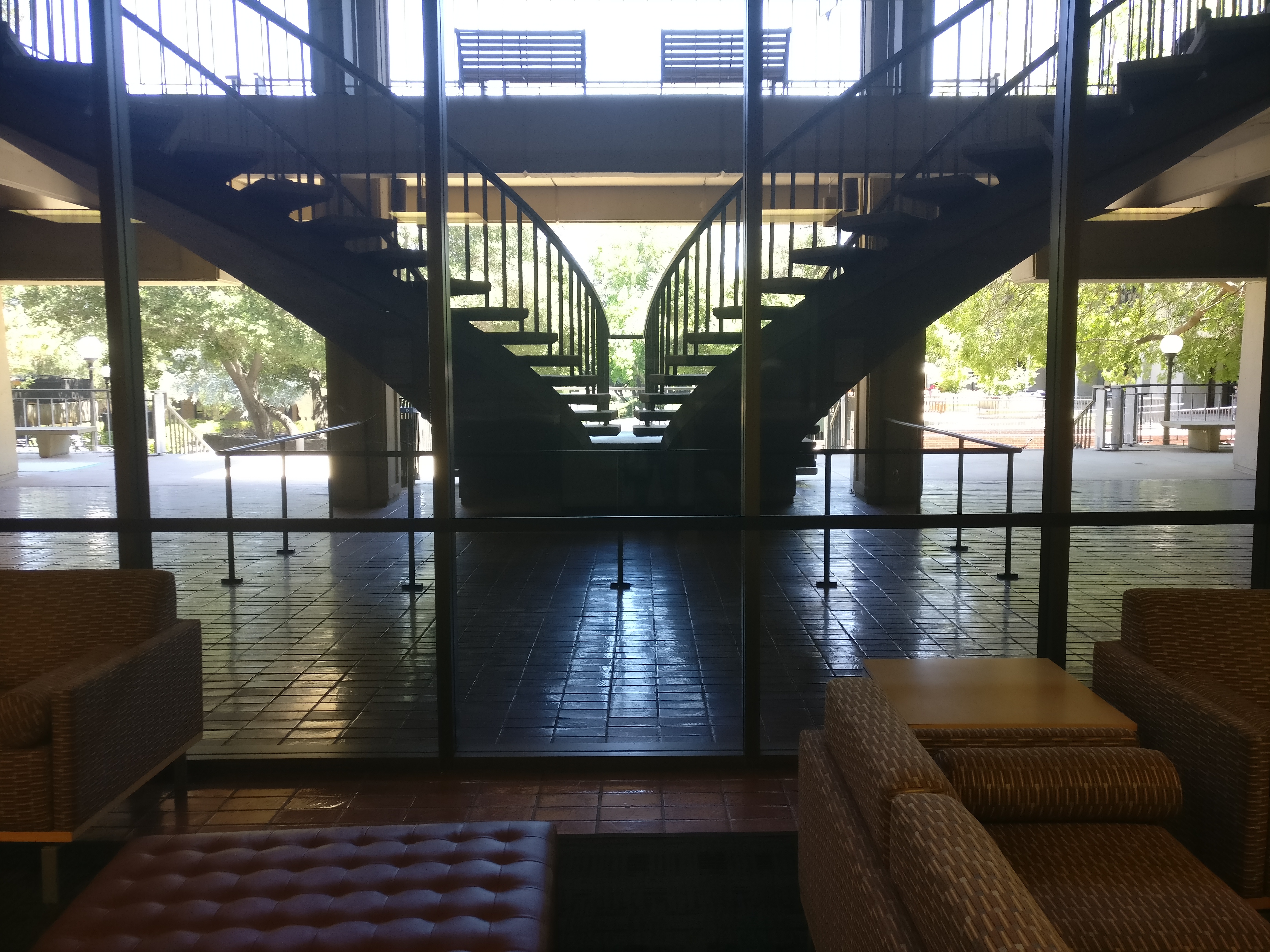
Materials Science and Engineering in School of Engineering at the University of California, Berkeley
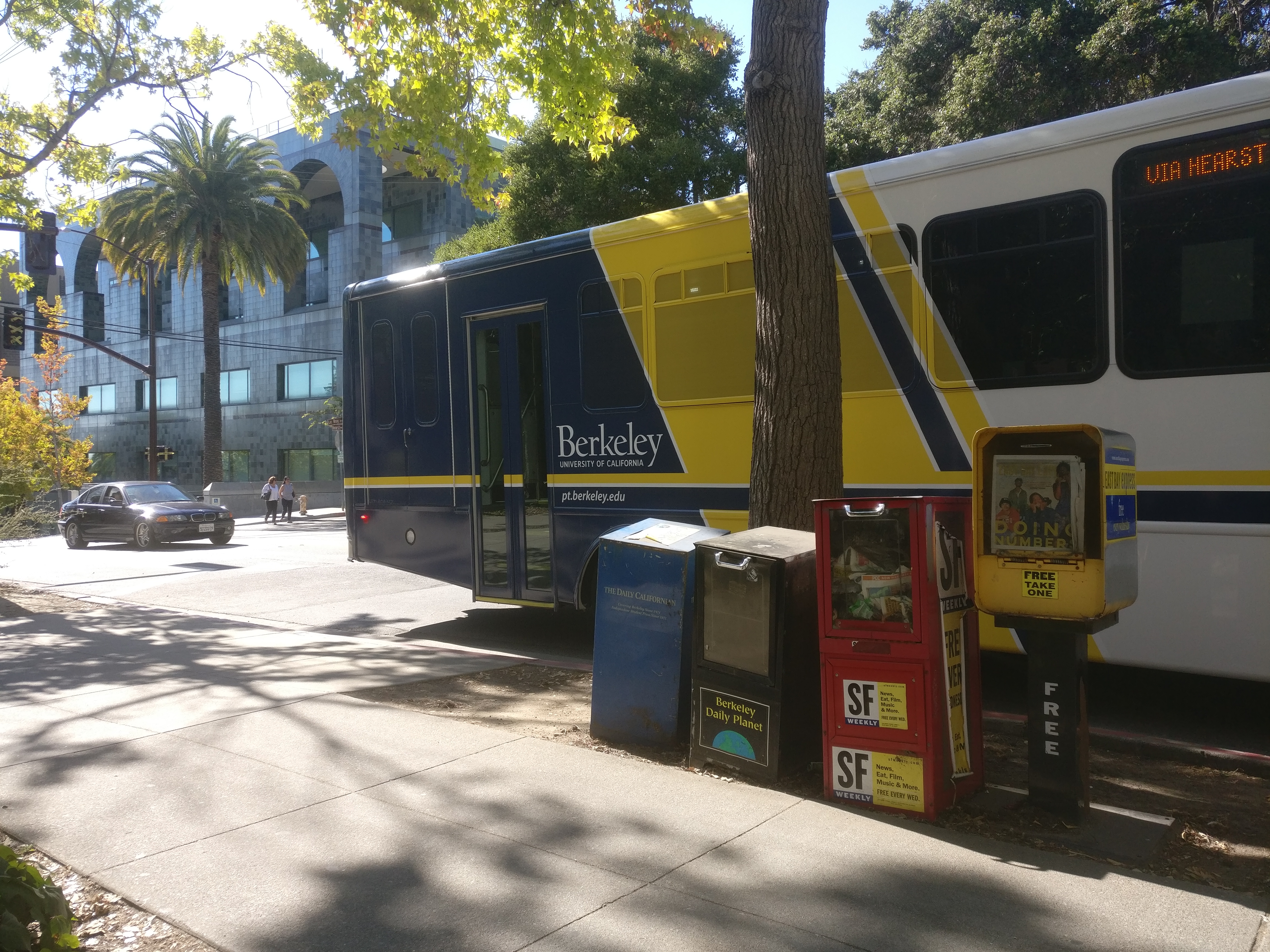
UC Berkeley’s stellar computational materials science faculty emphasizes a multidisciplinary approach. During my visit, interacting with graduate students was the best part as they took me on a food tour of the eclectic Euler Street. Fostering of interdisciplinary collaborations, such as with Berkeley Lab makes it all the more diverse. This will help to build an eclectic toolkit that is necessary to solve the world’s diverse materials related problems.
-
The Materials Project Director, Prof. Kristin Persson’s use of materials informatics to study physics of materials, Ab inito Computational methods and high-performance computing technology work. There’s some very nice insights into pure physics and natural sciences gained through this work. Her interdisciplinary group provides a very conducive environment for multi-disciplinary research.
-
Prof. Gerbrand Ceder’s machine learning based computational design and discovery of materials.
-
Prof. Mark Asta’s DFT based simulations for functional materials.
-
Prof. Xiang Zhang’s work on metamaterials would be a continuation of the kind of work I did throughout undergraduate.
Department of Materials Science and Engineering (DMSE) at MIT
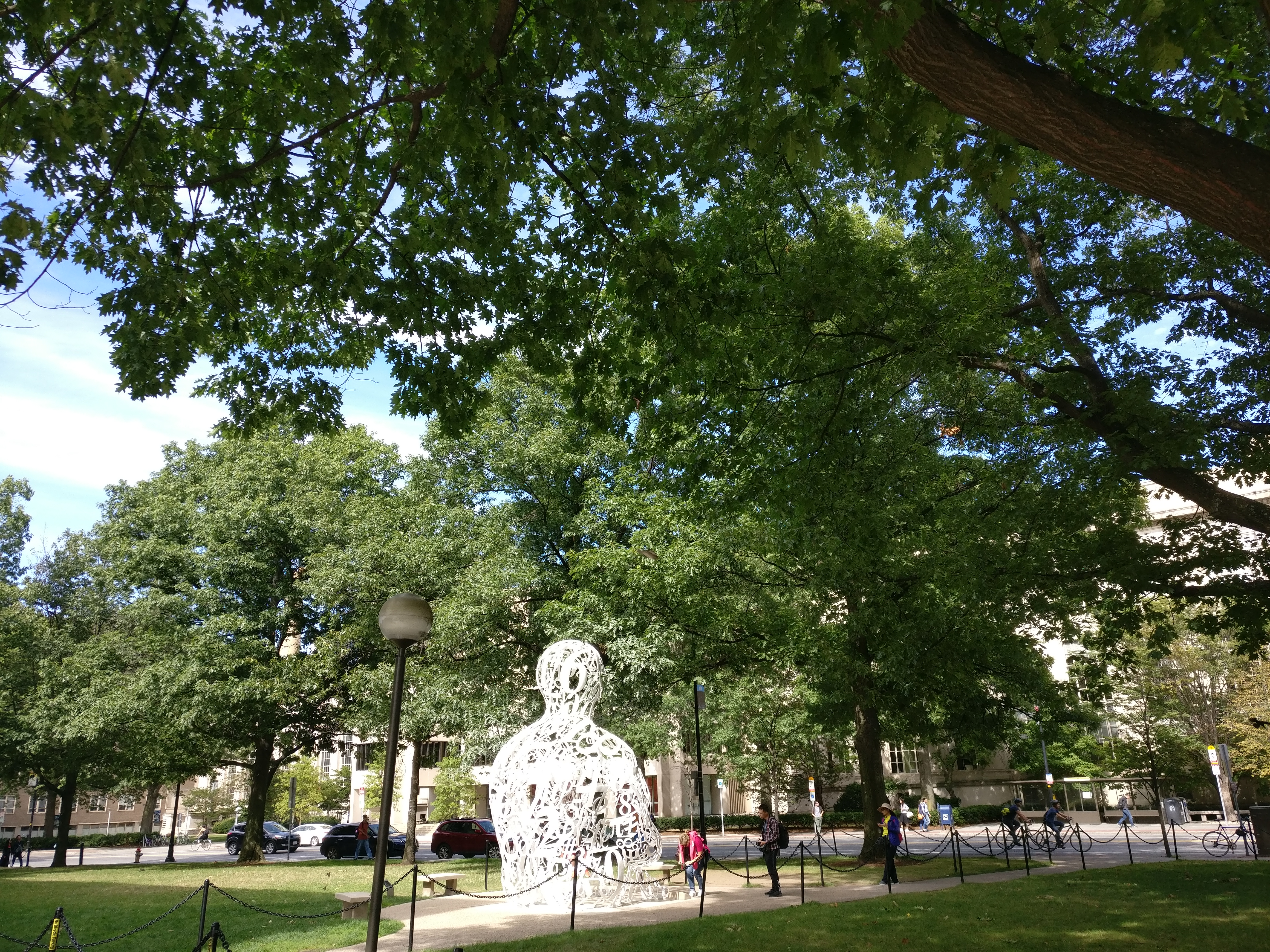
MIT DMSE has a stellar group in theoretical (including computational) as well as experimental materials science. Having strongly networked Condensed Matter and Photonics groups from Physics and Applied Math departments nearby also strenghtens the pure science base. Use of modern mathematical and computing developments such as geometric control and topological data analysis has enabled attacks to problems of materials optimization and design that were not possible before, exemplified by:
-
Prof. Juejun Hu’s work on Huygens metasurfaces using deep learning.
-
Prof. Rafael Gomez-Bombarelli’s use of machine learning for materials discovery (especially for batterries).
-
Prof. Alfredo Alexander-Katz’s computational work on dynamics of soft matter.
-
Prof. Jeffrey C. Grossman’s modeling of fundamental phenomenon in 2D materials
-
Prof. Geoffrey S.D. Beach’s work on spintronics interests me and is aligned with my previous training.
I know of some techniques from spectral inverse problems, homogenization, geometric control and optimization which could further build on the work mentioned above. The resources of Materials Research Laboratory and Research Laboratory of Electronics brings together a diverse group of people to work on materials problems. Being part of such a community which fosters interdisciplinary collaboration will help to build a more comprehensive toolkit that is necessary to solve the world’s diverse materials related problems.
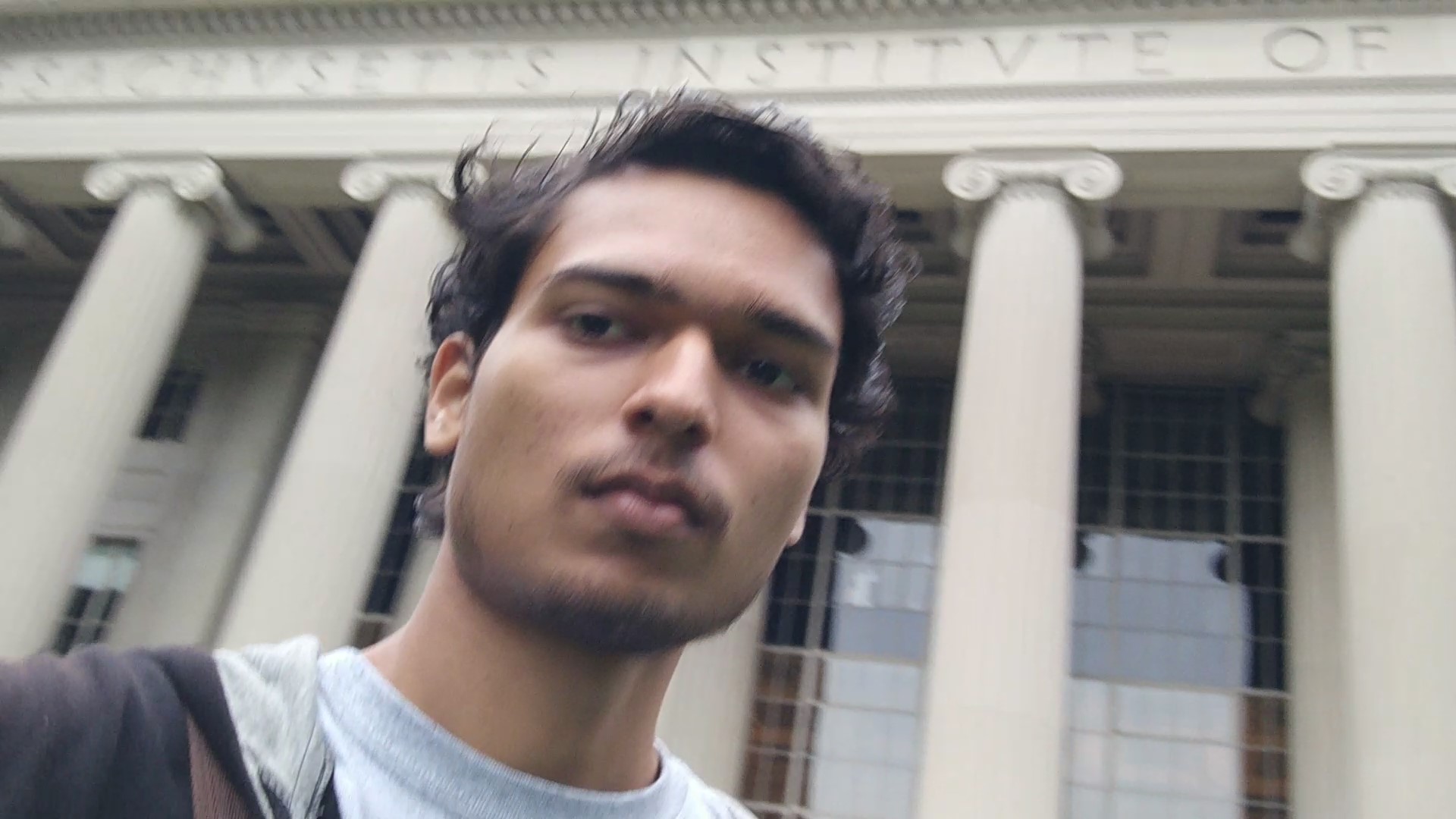
School of Engineering and Applied Sciences (SEAS) at Harvard
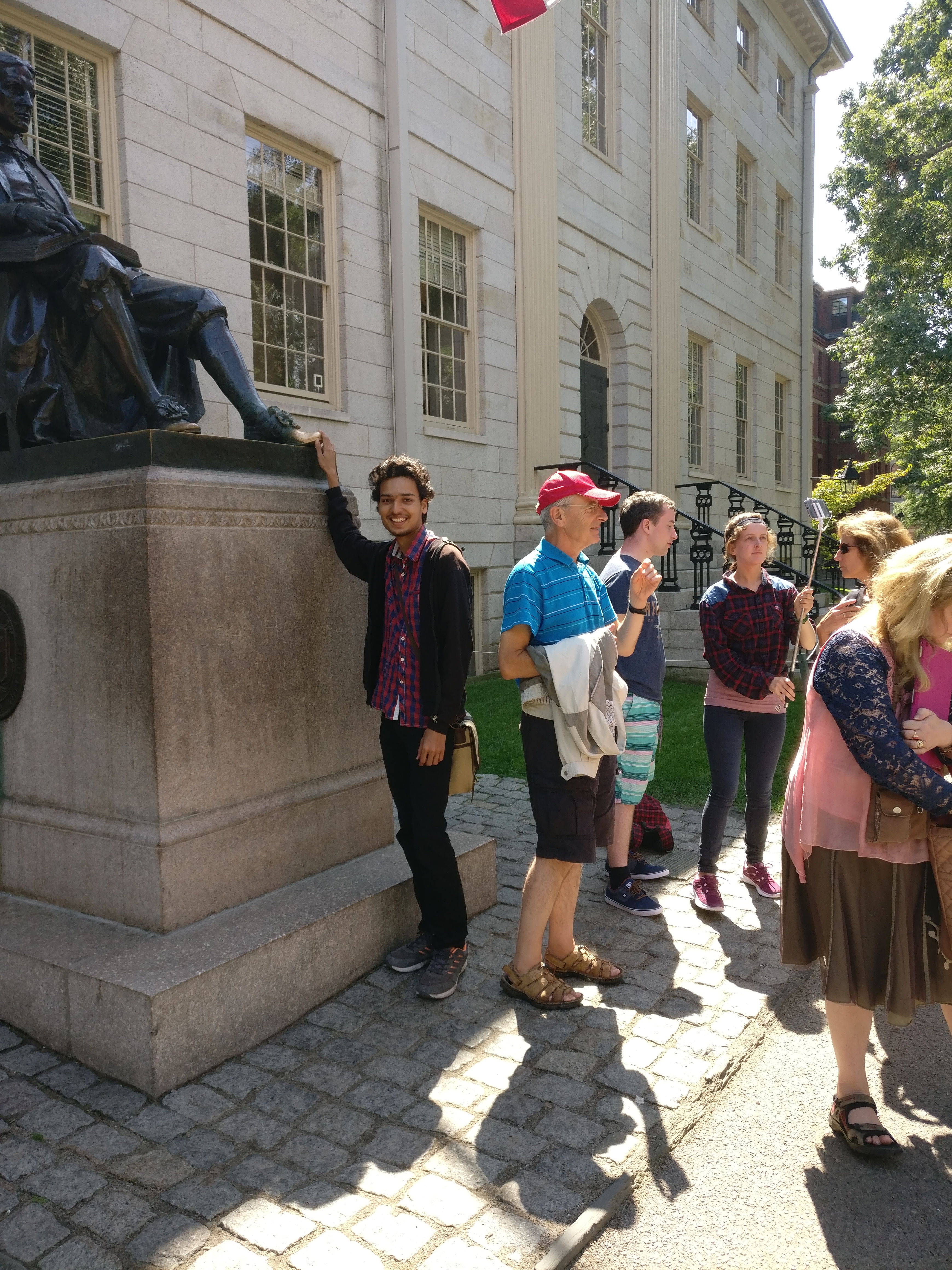
During my time at Harvard, interacting with professors and graduate students was slightly polarising. I naturally resonated with a small group of select people but it took some time to catch up to the high-fi style and way of life that the majority embodied. This is why it is not my natural place for the time being. Nevertheless, I got a feel for some nice work that is happening there.
Identifying all traditional disciplines of Engineering such as Applied Physics, Materials Science, Applied Mathematics and Electrical Engineering into one integrated whole under the name of SEAS makes it like the Stem of a Tree which holds together various branches. SEAS’ interdisciplinary approach and stellar computational materials science, especially photonic materials faculty is well suited to my interests and background.
-
Prof. Prineha Narang’s work on exciton dynamics using Feynman diagrammatic many body theory, DFT based methods for computation, use of NESSE for hot carrier transport in plasmonic nanostructures, quantum computing materials and algorithms (also cofounded Aliro) demonstrates her integrated approach and is extraordinarily aligned with my interests and preparation.
-
Prof. Kozinsky and Prof. Kaxiras’s work computational design and materials informatics along with DFT simulations has also interested me. I have referred to Prof. Kaxiras’ book in our library for many of the solid state courses.
-
Prof. Capasso’s work on optimal design of metasurfaces and Prof. Loncar’s nanophotonics approach to qubits via diamonds is intriguing. In the Capasso group, Dr Raphael Pestourie and my interests match quite well. I have worked in multidisciplinary teams and developed a unique set of techniques in DFT and inverse problems for photonic materials which could further build on the work happening here.
-
For technology development driven by society’s diverse needs, CIQM, CNS, MRSEC, IACS, iLab and MPHQ are ideal to foster interdisciplinary collaborations.